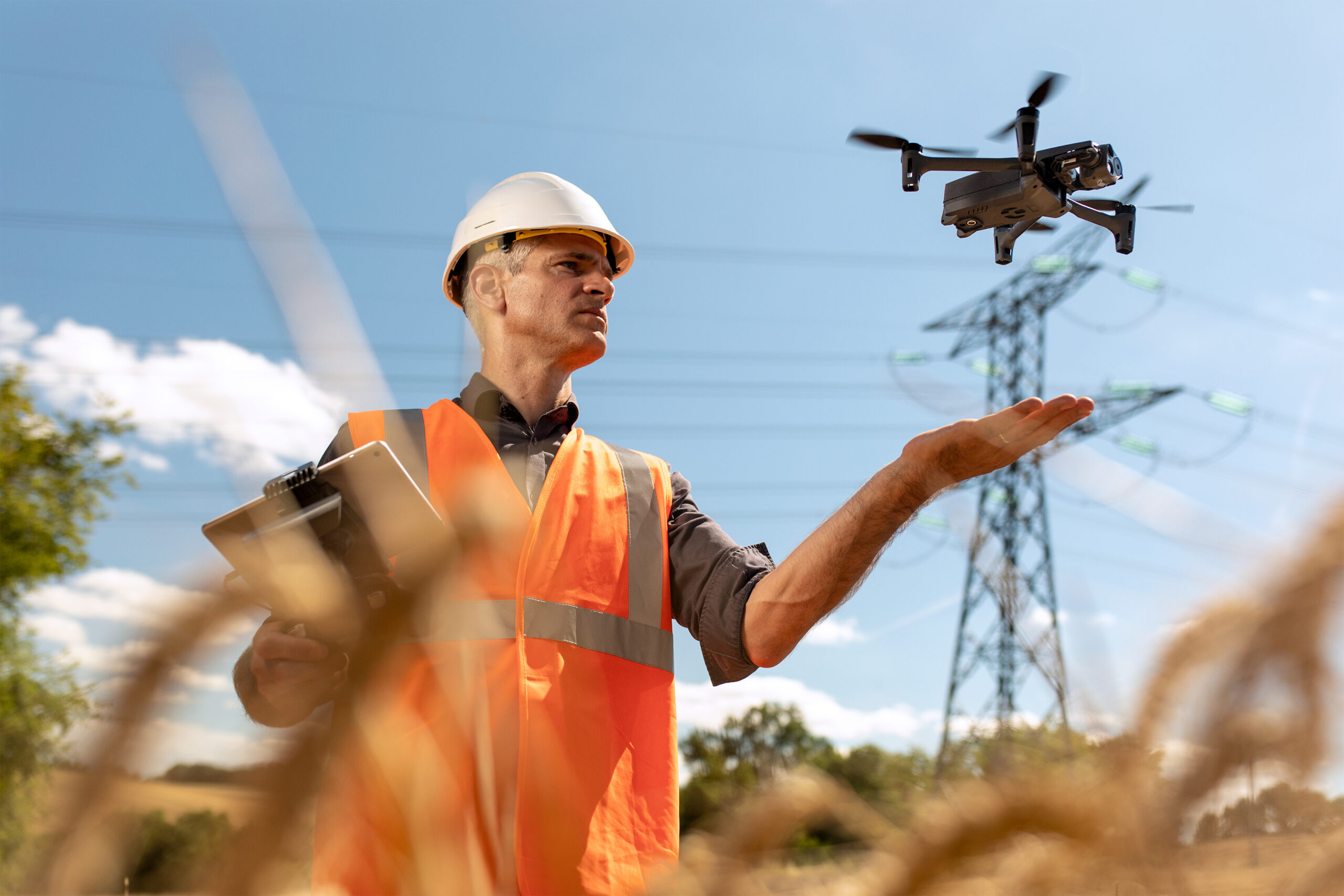Published: 18 Oct 2023
As our name suggests, The Survey Association represents many different kinds of surveyors. The profession is wide and varied, and takes in many fields of expertise. In this blog, we’ll take a look at the surveyors that make up our membership and the areas in which they work.
Mapping and planning
Our members conduct land and building surveys that are part of the construction process. They are there at the beginning of a project – when the land is first surveyed and the project’s possibilities are assessed – and they are also there to set out the project, once the architects have submitted their designs.
Topographic surveys are useful to plot the land as seen – they will show any undulations and levels in the site, as well as defining what stands on the site at the present time. Surveyors also carry out 3D laser scanning and use the collated data to create 3D modelling. This interactive mapping is very useful in depicting plans as they will appear in reality prior to construction. They can also be used to create walk-throughs of how a building will appear in its exterior and interior once built.
Made to measure
Boundary surveys are useful at outlining the extent of the site and where the boundaries to other properties and neighbouring land lies. They can be especially useful in boundary disputes, or when there are disagreements between adjacent landowners as to where the boundary is situated.
Surveyors may also use the latest drone technology to take aerial surveys. This is particularly useful to gain views of inaccessible places, such as tall buildings, chimneys or roof areas. Drones can also be used to navigate large areas of land or ones where the ground condition may be problematic.
Surveyors also carry out Measured Building Surveys, which take thousands of data points to create a comprehensive, accurate image of an existing building.
There are also As-built surveys, which can log the progress of a building at any point, but usually as it stands at the end of a project. As-builts can be used to ensure that what has been constructed is an accurate reflection of the project as it was designed by the architects and planners.
Part of the process
Surveyors can also be called upon to carry out underground utilities surveys https://www.tsa-uk.org.uk/pas128-accreditation/, which will identify what is beneath the surface of any given site. These can reveal such aspects as electricals or drainage work, underground chambers and voids, or other unseen items that could be potential obstructions or hazards to construction. These are very useful on brownfield sites, where buildings and services have been set up in the past, but have fallen out of use or into disrepair. Our surveyors are also involved in site engineering, the actual setting out of buildings for construction. This will entail pinpointing such elements as foundations, piles and walls. Using digital levels, they will also ascertain excavation depths, for example. Site engineers will also be involved in the entire construction process, and will be required to work with onsite operatives and tradesmen, such as bricklayers or joiners, to determine the exact positioning and heights of various building components.
These are just some of the roles surveyors fulfil in the construction and design industry. As you can see, there are many aspects to surveying, which go towards making it such an exciting, rewarding profession.
If you are interested in a career in surveying or would like more information about TSA and its membership, then get in touch today.

